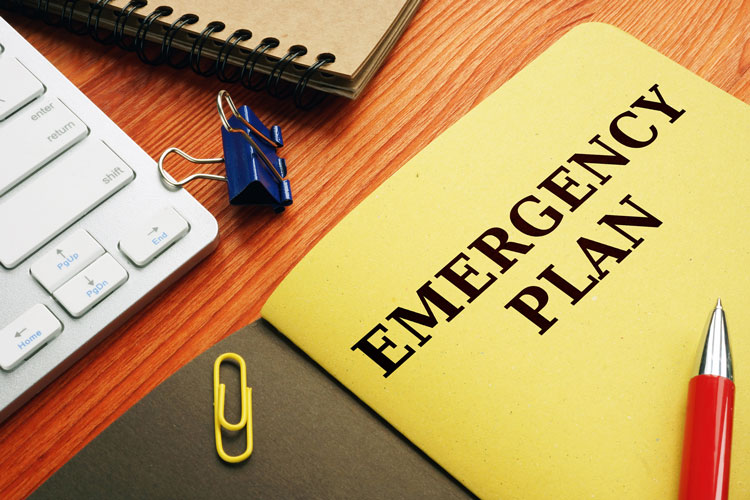
Dairy farmers use plans and protocols for many aspects of their operation to aid in animal care, business stability, employee compliance, and more. Although a crisis response plan won’t get used as often as these others, it’s one that you’ll be glad you have if you ever do need it, says Jolene Griffin.
On a Michigan State University Dairy Extension team podcast, Griffin and extension educator Phil Durst identified that a crisis on a dairy farm might be a chemical or manure spill, animal abuse or the perception of animal abuse, a food safety concern, or an employee injury or death, among other risks that come with working on a farm. These types of incidents cannot only be incredibly difficult for your business, family, and employees, they can create a “black eye” on the entire industry, said Griffin, a member of the crisis team with the United Dairy Industry of Michigan.
We can’t always control crises, but our reactions can determine the duration and scope of the impact, Durst said. In the moment, emotions are high, and it can be difficult to think clearly and make decisions. That’s where having a plan to reference is useful to keep everyone informed, prepared, and as calm as possible as you mitigate the situation while still caring for your animals, family, and employees.
Know your team
A critical step in a crisis plan is to know who is going to be involved to help you solve the problem, Griffin said. Be sure to keep emergency contact information, including an owner’s or manager’s number if necessary, where everyone can access it. You never know when an accident might occur and who might be at the farm at that time.
A crisis plan should also outline responsibilities. Who will contact other employees to let them know what’s happening? Who will call the veterinarian or other farm advisers? Someone may need to contact the insurance company or handle media requests. If at all possible, prepare a statement to share with media outlets. “No comment” does not convey the best image, said Griffin, who has gone through the process firsthand after a crisis on her own family’s farm.
Once an action plan is drafted, share it with your entire team. This ensures they can be prepared, too, because no one can handle a crisis on their own. Sharing the plan also provides a bit of a wake-up call and a reminder that something bad could happen, Durst pointed out. That awareness might encourage safer practices or a bit more care in performing dangerous jobs.
Pre-plan
In the process of making a response plan, it’s a good idea to evaluate those areas on the farm which could create an accident. Durst advised thinking about the “near misses” that may have occurred on your farm. “Those near-misses tend to repeat,” he cautioned. If it’s happened before, go back and analyze how it might be prevented in the future. A crisis plan is something that can always be added to, adjusted, or updated.
Griffin added that talking to people like your vet, nutritionist, extension agent, or other advisers about what they see on your farm can provide a fresh perspective on things you or your employees may overlook. If you would reach out to any of those people in your crisis plan, also let them know that.
Most importantly, a crisis plan should be prepared before there is a crisis because in the moment, every second counts. Durst likened a crisis plan to the seatbelt that allowed him to walk away from a serious car accident. “I put the seatbelt on when I got in the truck and started going, not when the accident started,” he said. “There was no opportunity to put a seatbelt on when the accident started.”








